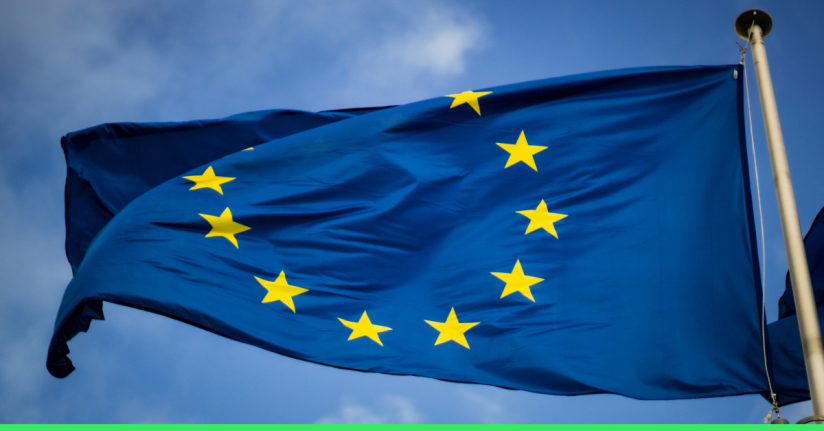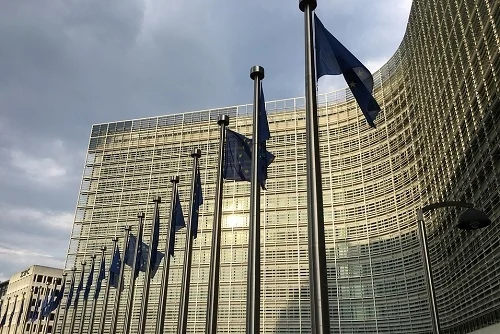ANALYSIS: ICE and Eurex eye new European long bond futures
27th January, 2025|Luke Jeffs

EMIR 3.0 has turbo-charged the long-standing rivalry between Intercontinental Exchange and Eurex in European interest rate derivatives but the competition between Europe’s two largest derivatives markets is set to open up a new front in 2025.
ICE Futures Europe launched on December 9 the London-based exchange’s European Union bond future, a cash-settled contract based on a basket of longer-dated European sovereign bonds.
The launch attracted early plaudits from ExodusPoint Capital Management UK whose partner Mirco Bulega said: “This innovative product provides a much-needed solution for managing exposure to EU sovereign bonds efficiently. We are pleased to see ICE leading the way in bringing such tools to market.”
The futures contract, which recorded trades on day one, has notched up over 15,000 lots since launch including a record 1,870 contracts traded on January 20, according to the US group.
Caterina Caramaschi, vice president, financial derivatives at Intercontinental Exchange, said the cash-settled future based on an index of European government bonds is “a new concept” in fixed income which draws on the industry’s experience in a different asset class.
“If you look at the equities world, cash-settled index futures have existed for decades, this product introduces this concept to the fixed income space. In addition, this is the first European bond index product as all existing bond futures in Europe are country specific.”
The ICE futures contract references the ICE 8-13 Year European Union Index, a subset of the ICE European Union Index which tracks the performance of long-term debt issued by EU member states.
Caramaschi added: “It’s a new concept and still early days, we have seen trading on a daily basis but there’s a lot of educating we need to do as the fixed income space is more familiar with physically delivered products.
“We are getting a lot of questions in relation to the constituents of the index, the index methodology, index data, etc? There is definitely appetite, people are asking the right questions, and the initial feedback has been very positive.”
European sovereign bonds have been in focus since MSCI announced in June last year that EU debt would “remain ineligible” for inclusion in the index giant’s sovereign bond indices.
The ICE EU bond future launch in December stole a march on Eurex which is working on a similar product to leverage the German group’s domination of futures and options based on longer-dated government debt issued by individual European countries.
Eurex Clearing chief executive Erik Mueller said in late November its EU bond future will launch in 2025, reflecting Eurex's status as the “market leader” in euro-denominated government bonds.
“Eurex is in constructive dialogue with both market participants as well as the European Commission for the launch of a deliverable EU bond future sometime in 2025,” said Mueller.
“Historically, our bread and butter has been the Bund, Bobl and Schatz i.e. the German yield curve, which served as the benchmark for Europe. But then over the last 10 years, we have diversified these offering as credit spreads of the various components of the EU diverged. We were able to successfully establish the French and Italian markets as additional price points.”
Mueller added: “We believe that with the introduction of EU bond futures, there will be an additional price point that will be attractive for the market as an additional benchmark.”
The Eurex Clearing chief said the market for EU bonds is “continuously developing in terms of depth and liquidity”, with the outstanding amount of EU debt already exceeding €580 billion (£484.4bn) and the Commission having pledged to issue an extra €160bn of EU bonds in 2025.
“Secondary market trading in EU bonds is on par with some of the largest sovereign issuers. The recent admission of the EU Commission to Eurex Repo to enable it to further support the market through a repo facility was an important additional step in building a healthy market ecosystem for EU bonds. This provides confidence that the prerequisites for a 2025 launch of EU bond futures on Eurex are met,” said Mueller in November.
Eurex is home to longer-dated European government debt derivatives including the two-year German Bund futures product which traded 271.6 million lots in 2024, up 22.4% on the previous year, according to FOW Data.
The German group's five-year Euro-Bobl future reported trading volumes of 205.9 million, which was an increase of 15.5% on 2023, while 10-year Euro-Schatz futures were up 19.8% to 188.9 million contracts traded last year, according to FOW Data.
Eurex’s French OAT futures reported trading volume up 21.7% to 62 million lots in 2024 and the group’s Italian BTP futures saw volumes increase 40.7% last year to 70 million contracts.
The Frankfurt-based market launched in November 2023 a partnership programme to incentivise firms to trade its short-term interest rate (STIR) futures ahead of European regulation aiming to reduce Europe’s reliance on London-based markets like ICE. EMIR 3.0 is due to take effect in June this year.
ICE Futures Europe traded last year 374 million lots of its three-month Euribor futures contract, making ICE’s Euribor Europe’s largest interest derivative market by volume.
Please join us at FOW Trading London on February 13 2025 where we will discuss influence of EMIR 3.0 on European trading and clearing, the emergence of the Euro Short-Term Rate (ESTR) market and the increase in activity due to changing UK and European interest rates. See here for more details: Trading London 2025


